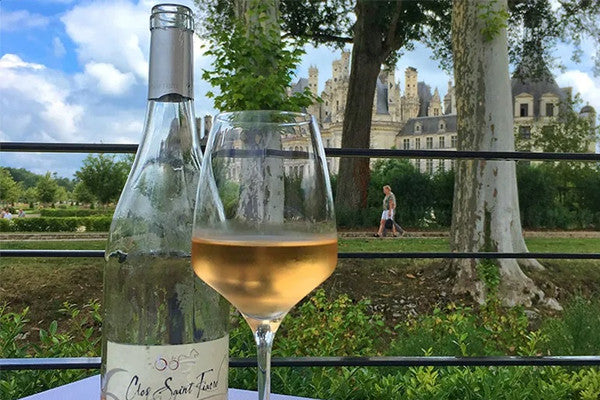The Loire wine region, located in central France, is one of the oldest and most diverse wine regions in the country. With around 80,000 hectares of vineyards, the region is known for its geographical and climatic diversity, which results in a wide variety of wine styles. The Loire is renowned for its elaborated white wines produced from grape varieties such as Chenin Blanc, Sauvignon Blanc, and Muscadet. These wines are known for their vibrant acidity, notes of citrus fruits and spices, and are considered ideal for pairing with seafood and light dishes.
The region is also famous for its elaborated red wines produced from grape varieties like Cabernet Franc and Pinot Noir. These wines are medium-bodied with notes of red fruits and spices, and are known for their elegance and complexity. Another highlight of the region is its elaborated rosé wines produced from grape varieties like Cabernet Franc and Pinot Noir. These wines are known for their subtle color and notes of citrus fruits and red berries. The Loire wine region is also recognized for its production of sparkling wines made from grape varieties such as Chenin Blanc and Cabernet Franc. These wines are known for their creaminess and elegance, and are considered ideal for special occasions.
The Loire region has a rich wine history, and many of its vineyards have been cultivated for centuries. The production of Loire wines is carefully managed and sustainable, with many winemakers in the region adopting ecological agricultural practices and preserving local biodiversity. If you are a wine enthusiast, the Loire region is definitely a must-visit destination to experience some of France's most diverse and elaborate wines.




